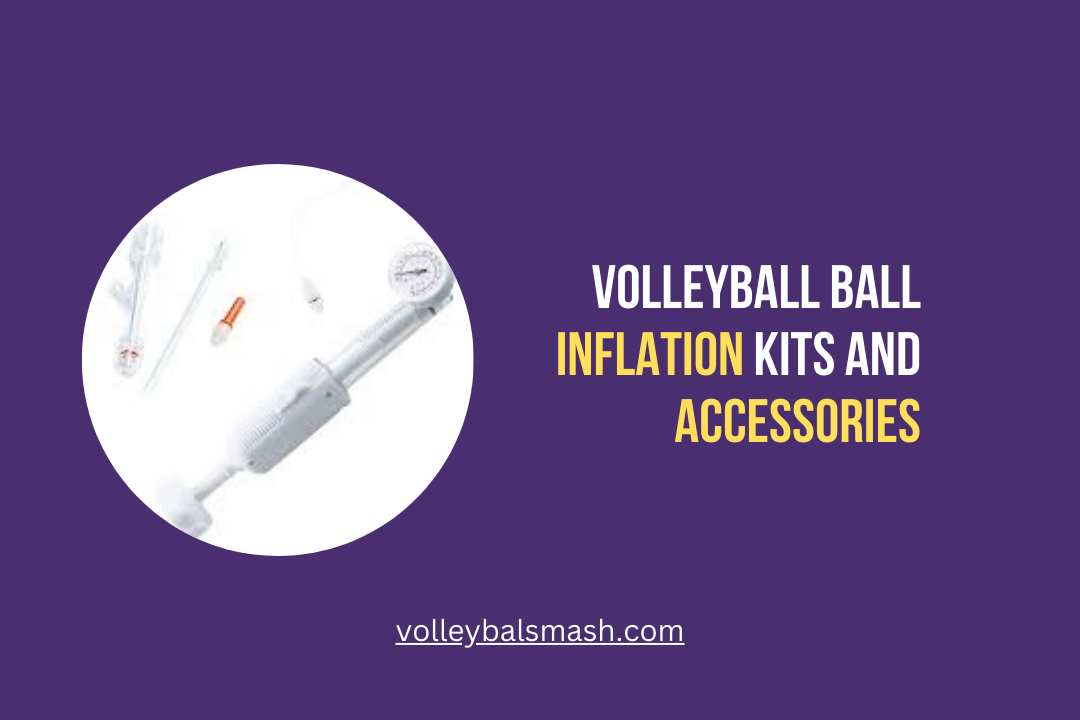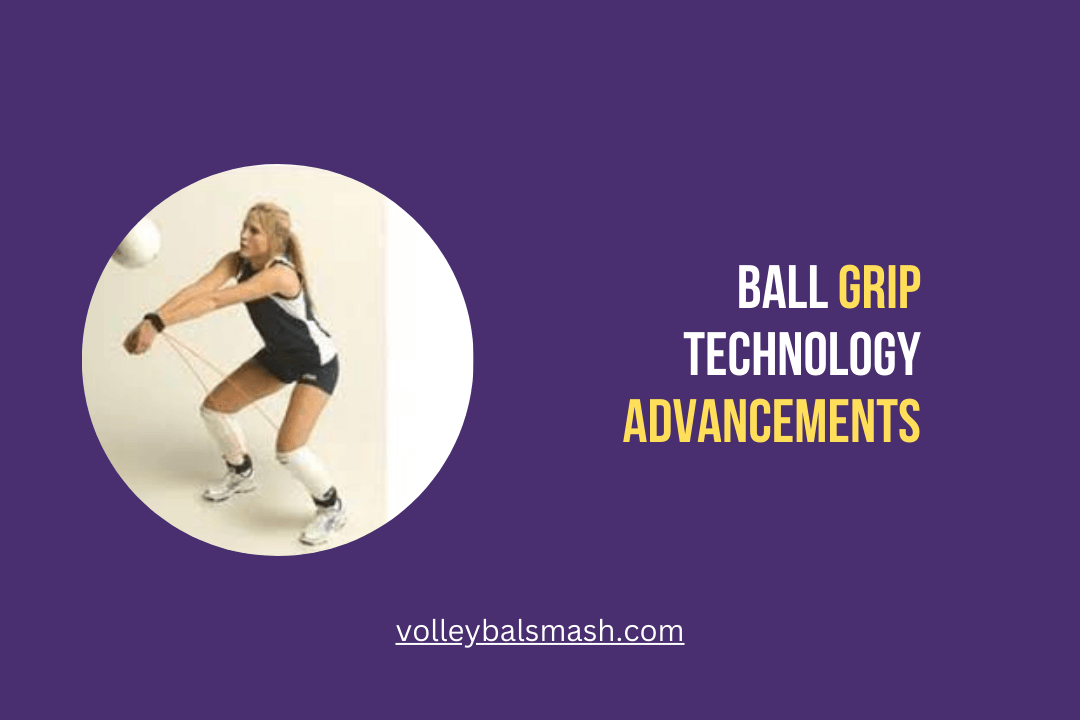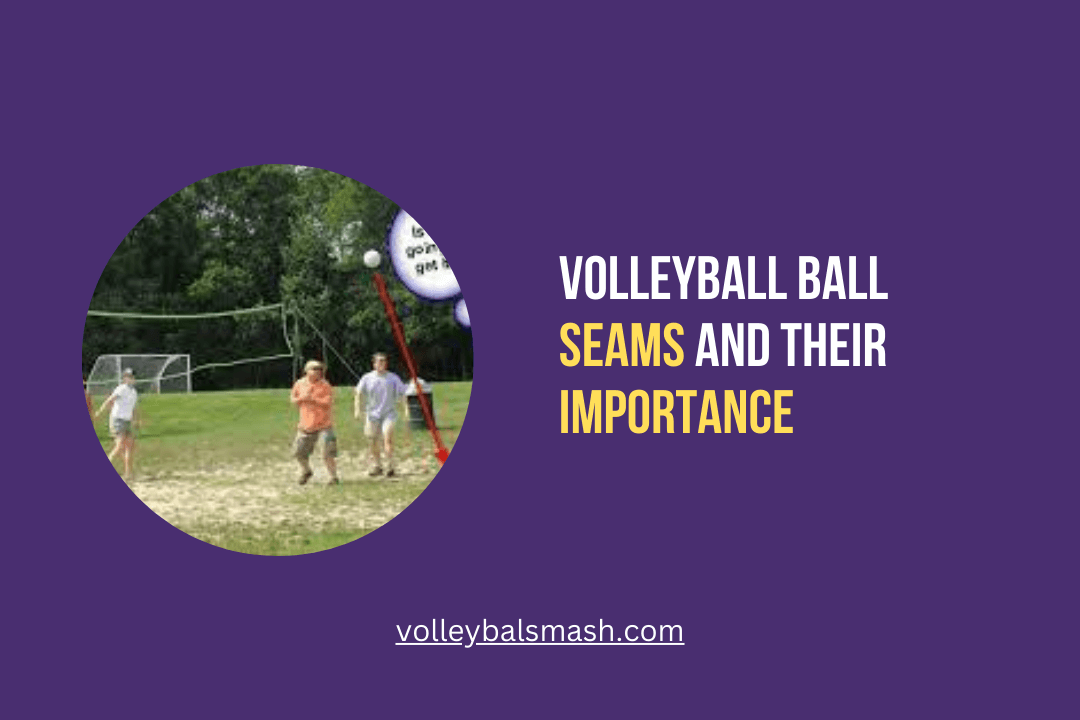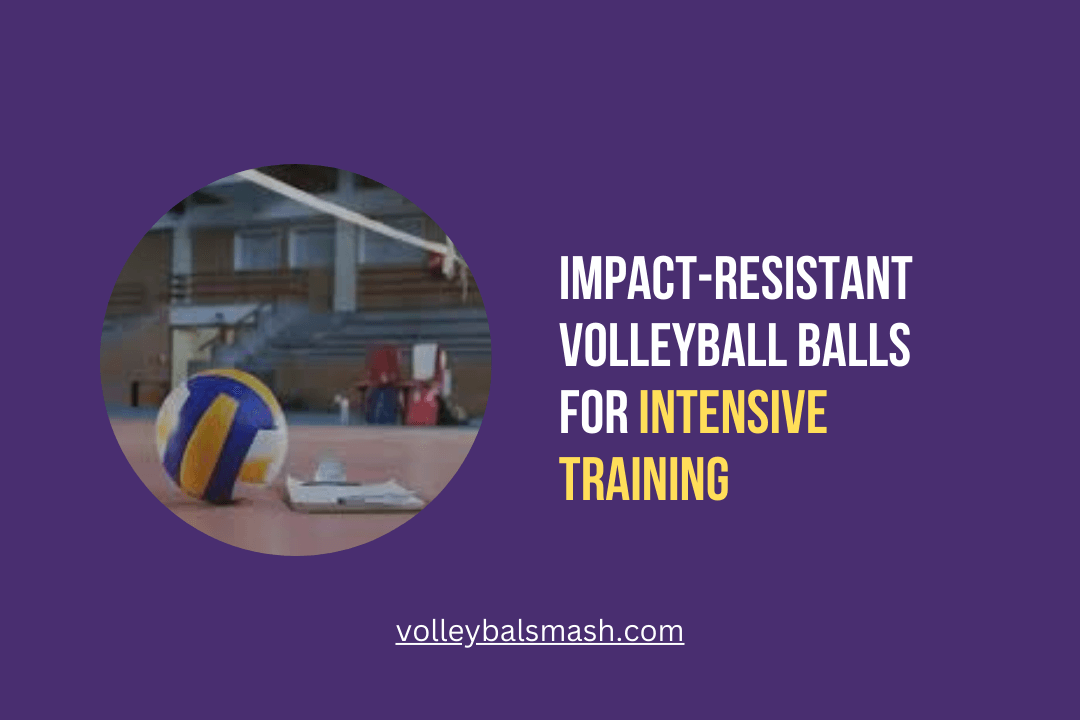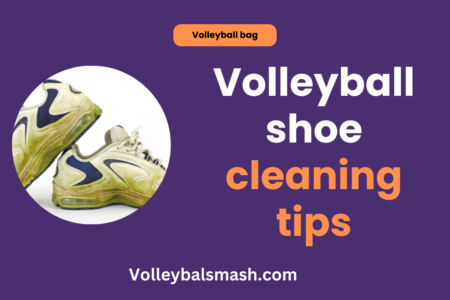Greetings volleyball enthusiasts! Have you ever struggled with properly inflating your volleyball ball and ended up with a lopsided and unpredictable bounce? In this guide, you will learn the crucial steps to safely and accurately inflating your volleyball ball to ensure optimal performance and longevity. Whether you’re a beginner player or a seasoned pro, mastering this skill is essential for a successful game. Let’s dive in and get that ball inflated just right!

Understanding Volleyball Ball Anatomy
Assuming you are familiar with the game of volleyball, you are likely aware of the key role a properly inflated ball plays in the game. However, to ensure that you can inflate a volleyball ball correctly, it’s important to have a good understanding of the ball’s anatomy. This knowledge will not only help you with inflation, but also with maintaining and caring for the ball to ensure its longevity and performance.
Different Components of a Volleyball Ball
When it comes to the anatomy of a volleyball ball, there are several key components that you should be aware of. These include the outer cover, bladder, and valve. The outer cover is typically made of synthetic leather or composite materials, giving the ball its durability and grip. The bladder is the internal component that holds the air and gives the ball its shape, while the valve is the small opening through which you can inflate or deflate the ball. Understanding these components will help you appreciate the importance of proper inflation for the overall performance of the ball.
How the Volleyball Ball Components Affect Inflation
Each component of the volleyball ball has a direct impact on how the ball should be inflated. Overinflating the ball can put excessive pressure on the bladder and affect the ball’s shape and bounce. On the other hand, underinflating the ball can lead to a loss of firmness and responsiveness, affecting your ability to control and play the ball effectively. Additionally, the outer cover can be affected by improper inflation, leading to premature wear and tear. It’s important to understand how the components work together to achieve the ideal inflation level for optimal performance and safety.
Step-by-step Guide to Inflating a Volleyball Ball
One of the most important aspects of playing volleyball is having a properly inflated ball. Overinflated or underinflated balls can affect the game and potentially cause injury. Here is the step-by-step guide to ensure your volleyball ball is correctly inflated. For more detailed information, you can also check out this How to Inflate Your Volleyball | Wilson Sporting Goods.
| Step | Instructions |
| 1 | Select a proper pump and needle for inflation. |
| 2 | Check the recommended pressure for your volleyball ball. |
| 3 | Inflate the ball to the correct pressure, making adjustments as needed. |
Differences between indoor and beach volleyball balls
Preparation: Selecting the Proper Pump and Needle
Before you begin the inflation process, it’s important to select the proper pump and needle. Using the wrong equipment can damage the ball or make it difficult to achieve the correct pressure. Make sure you have a hand pump or electric pump designed for inflating sports balls, as well as a needle specifically designed for inflating volleyball balls. Using the correct equipment ensures a safe and effective inflation process.
The Inflation Process: Checking Pressures and Adjustments
When inflating your volleyball ball, it’s essential to check the recommended pressure printed on the ball itself or in the manufacturer’s guidelines. Overinflating the ball can make it too hard and increase the risk of injury, while underinflating can affect its performance during play. You should incrementally inflate the ball, checking the pressure with a gauge after each pump to ensure you reach the recommended pressure. If the pressure is too high, release a small amount of air and recheck. Once the correct pressure is achieved, securely replace the needle and stop inflating. This meticulous process ensures that your volleyball ball is properly inflated and ready for action.
Common Mistakes and Tips in Volleyball Ball Inflation
Now that you know the correct way to inflate a volleyball ball, let’s go over some common mistakes that you should avoid, as well as some helpful tips to ensure that your ball stays properly inflated for as long as possible.
- Using an improper pump: Using the wrong type of pump can damage the ball and affect its inflation. Make sure to use a volleyball-specific pump with a flexible hose and needle attachment.
- Overinflating the ball: Overinflated volleyball balls are more likely to burst or become misshapen. Always follow the manufacturer’s recommended pressure guidelines.
- Ignoring leaks: If you notice a leak in your volleyball ball, it’s important to address it as soon as possible. Ignoring leaks can lead to uneven inflation and affect the ball’s performance.
After you have familiarized yourself with these common mistakes, you can take a look at some helpful tips to maintain the correct inflation of your volleyball ball over time. Remember, if you want to learn more about properly inflating a ball, you can check out this informative guide How to Inflate a Ball.
Mistakes to Avoid While Inflating a Volleyball Ball
When inflating a volleyball ball, it’s important to avoid certain mistakes that can affect the ball’s performance and longevity. Make sure you are using the correct pump and following the manufacturer’s guidelines for inflation pressure. Ignoring potential leaks can also impact the ball’s overall inflation.
Tips to Maintain the Correct Inflation Over Time
To ensure that your volleyball ball stays properly inflated, there are several tips you can follow. Store your ball in a cool, dry place away from direct sunlight and extreme temperatures. It’s also important to check the inflation pressure regularly and make adjustments as needed. Any sudden changes in the ball’s inflation should be addressed promptly to prevent damage.
- Store in a suitable environment: Keep your ball in a cool, dry place away from direct sunlight and extreme temperatures to prevent premature deflation.
- Regularly monitor inflation: Check the inflation pressure of your volleyball ball regularly and make adjustments as needed to maintain the correct pressure.
- Promptly address changes: Any sudden changes in the inflation of your volleyball ball should be addressed promptly to prevent damage to the ball.
balls for intensive training
Conclusion
Taking this into account, you now have the knowledge and skills to correctly inflate your volleyball ball. By following the recommended pressure, using a pump with the appropriate needle, and checking the ball for any damage, you can ensure that your volleyball is properly inflated for optimal performance. Remember, a well-inflated ball will not only make your game more enjoyable but also prevent unnecessary wear and tear on the ball itself. So, next time you hit the court, you can do so with confidence in your equipment and focus on enjoying the game.
FAQ
What is the correct way to inflate a volleyball ball?
The correct way to inflate a volleyball ball is by using a ball pump with a needle attachment. Insert the needle into the air valve of the volleyball and pump air into the ball in short, controlled bursts. Be sure to periodically check the pressure of the ball with a pressure gauge to avoid over-inflating it.
How much pressure should a volleyball ball be inflated to?
A properly inflated volleyball should have a pressure of 4.3 to 4.6 pounds per square inch (psi), which is approximately 0.30 to 0.32 kilograms per square centimeter (kg/cm²). It’s important to use a pressure gauge to accurately measure the pressure and avoid over-inflating the ball, as this can affect its performance and durability.
Can I use a regular air pump to inflate a volleyball ball?
No, it is not recommended to use a regular air pump to inflate a volleyball ball. Volleyball balls require a specific ball pump with a needle attachment to ensure that the air is evenly distributed and to prevent damage to the ball’s air valve. Using a regular air pump can lead to over-inflation and potential damage to the ball.
